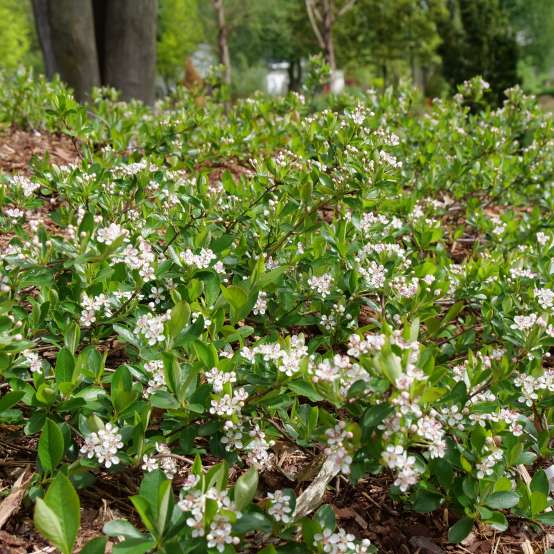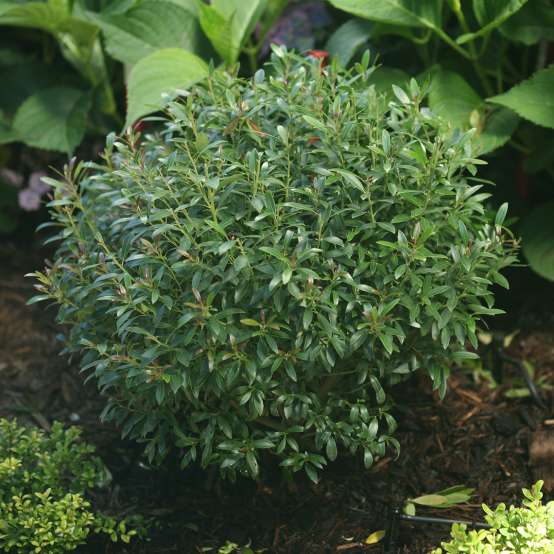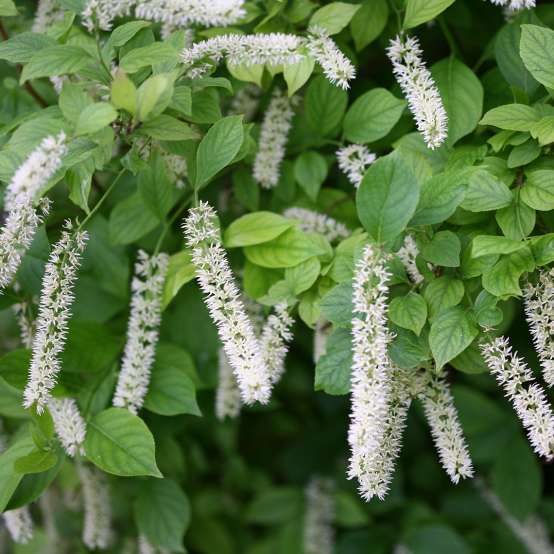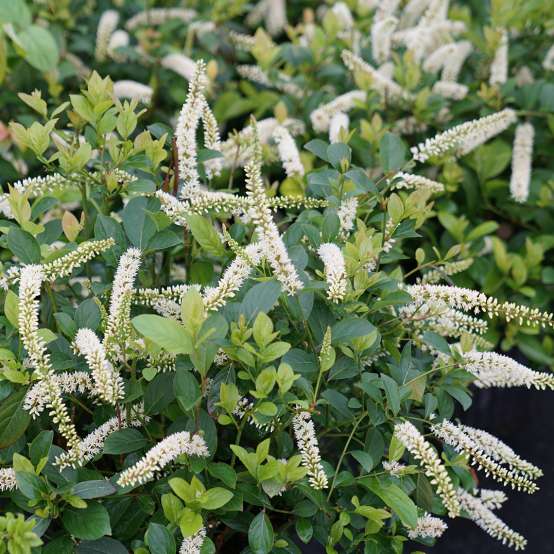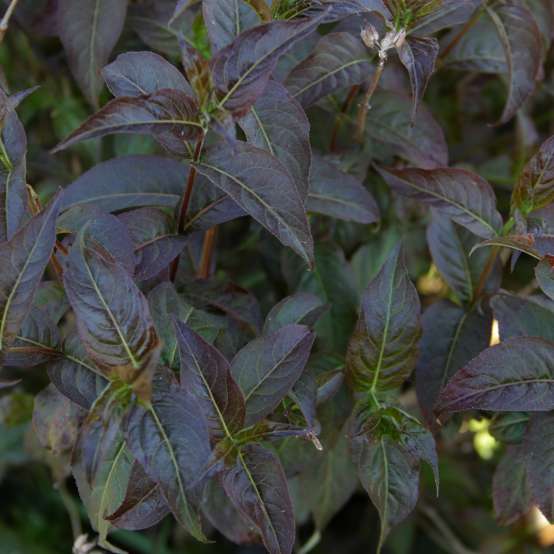Clicking the following controls will change the main image displayed above.
- Benchcard: Low Scape Mound® Aronia benchcard
- Tag: Low Scape Mound® Aronia tag
- Spec Sheet: Low Scape Mound® Aronia spec sheet
- Plant of the Week: Plant of the Week January 3, 2019: Low Scape Mound™ Aronia melanocarpa
- Grower Sheet: Low Scape Mound® Aronia grower sheet
- Booklet/Brochure: Top 10 Landscape Shrubs - 2021
- Booklet/Brochure: A New Vision for Native Shrubs
- Grower Sheet: Spec Sheet: 2019 Shrubs of the Year Grower’s Guide

Meet the Breeder
Dr. Mark Brand

LOW SCAPE MOUND®

Aronia
Aronia melanocarpa
'UCONNAM165'
PP#28,789; CBR#6519
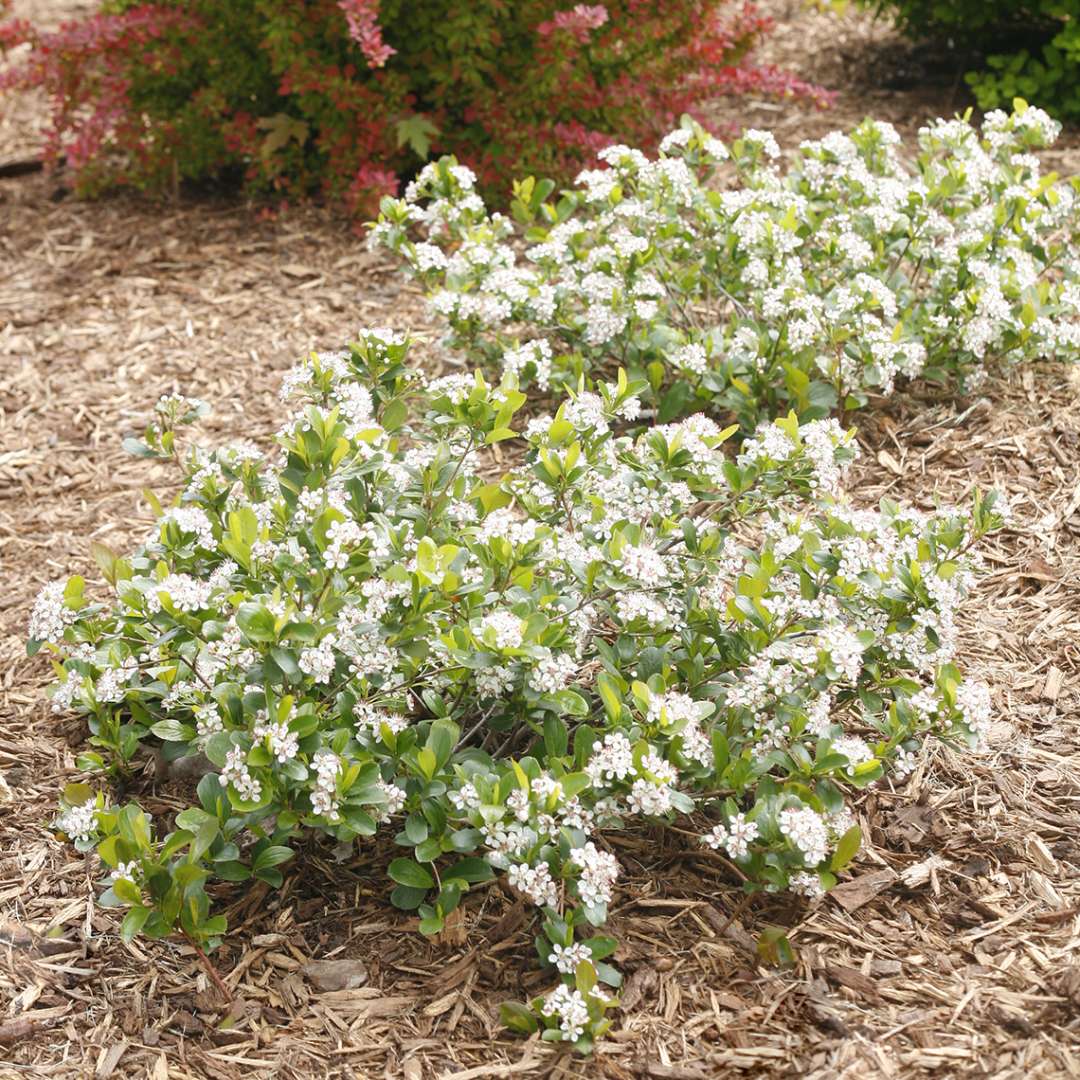
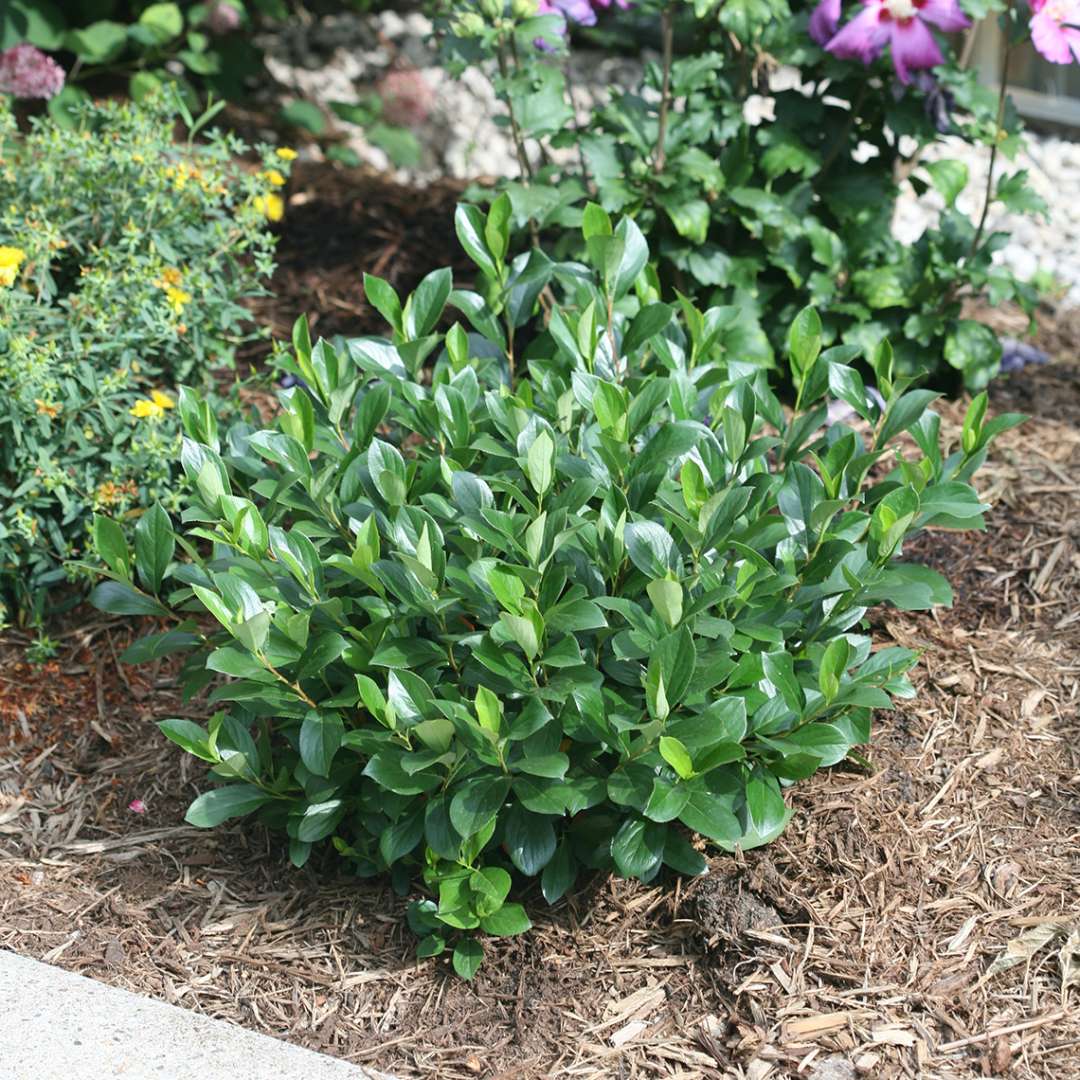
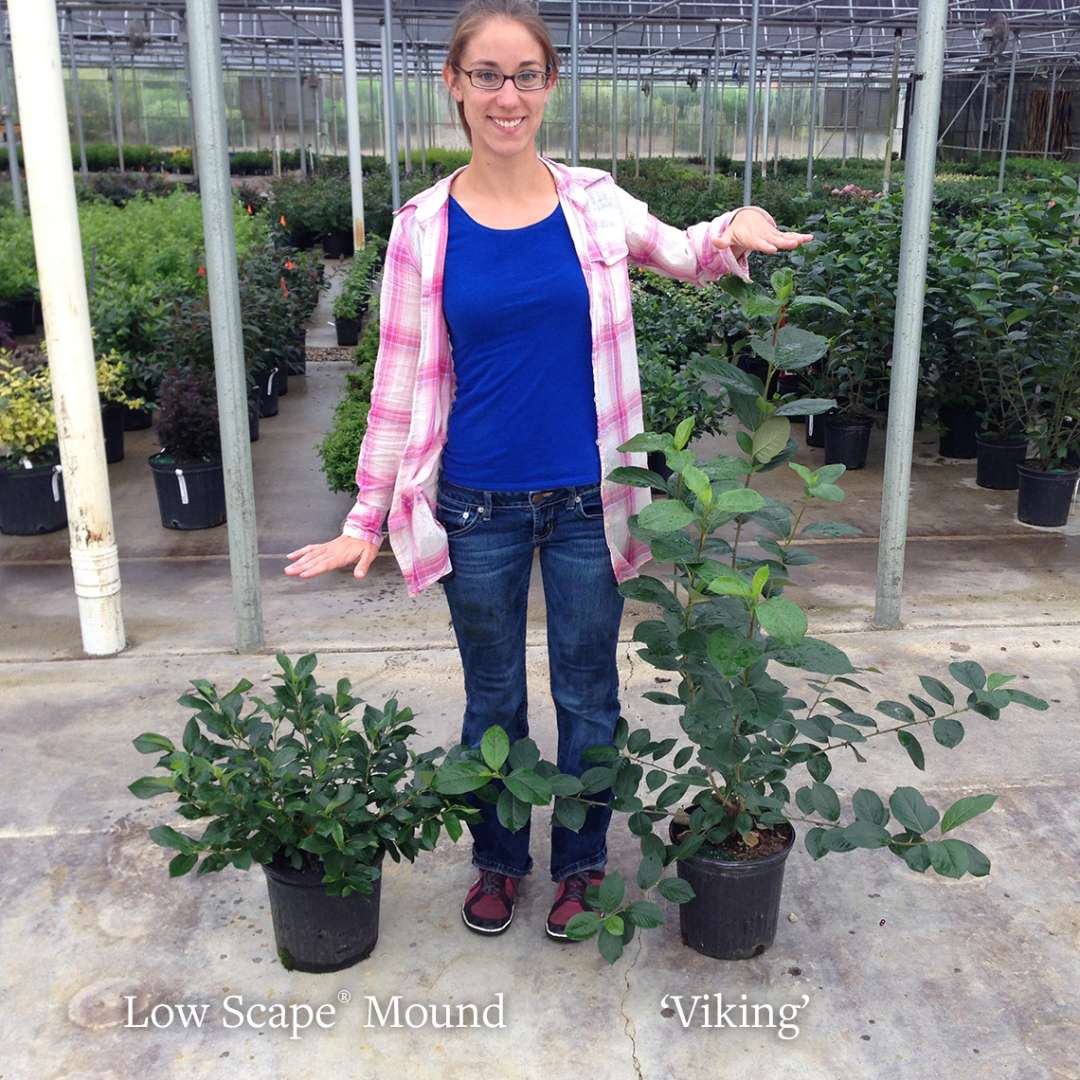
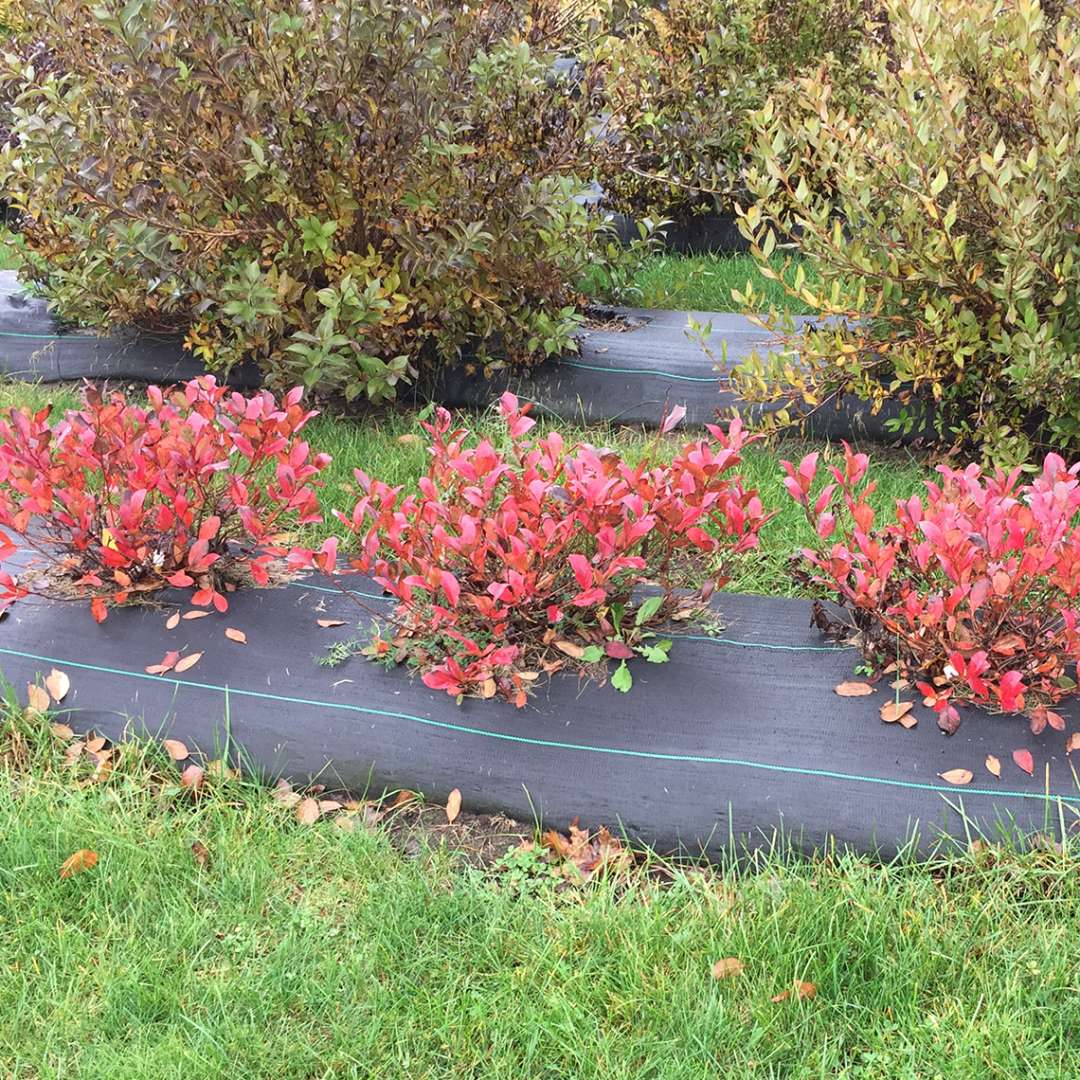
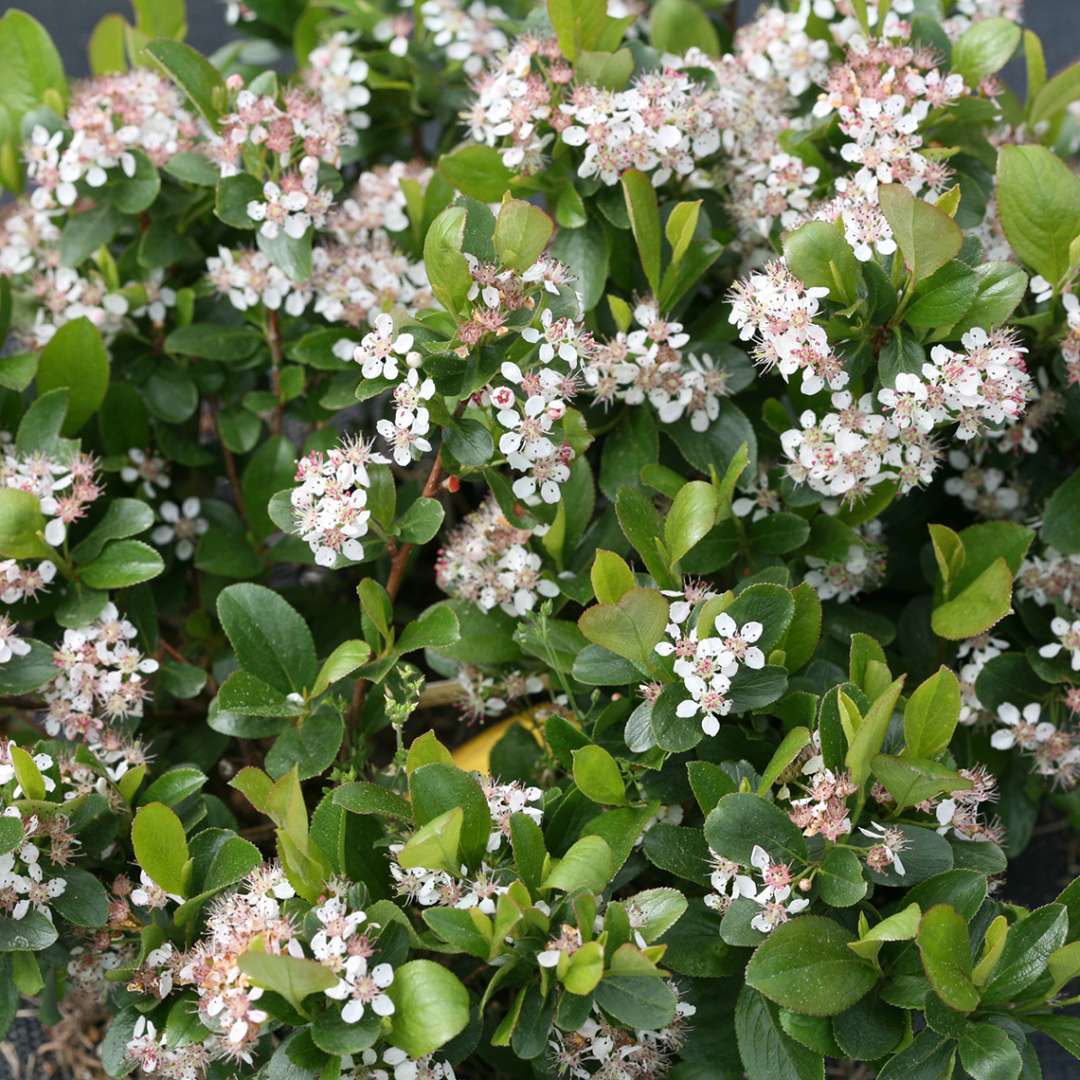
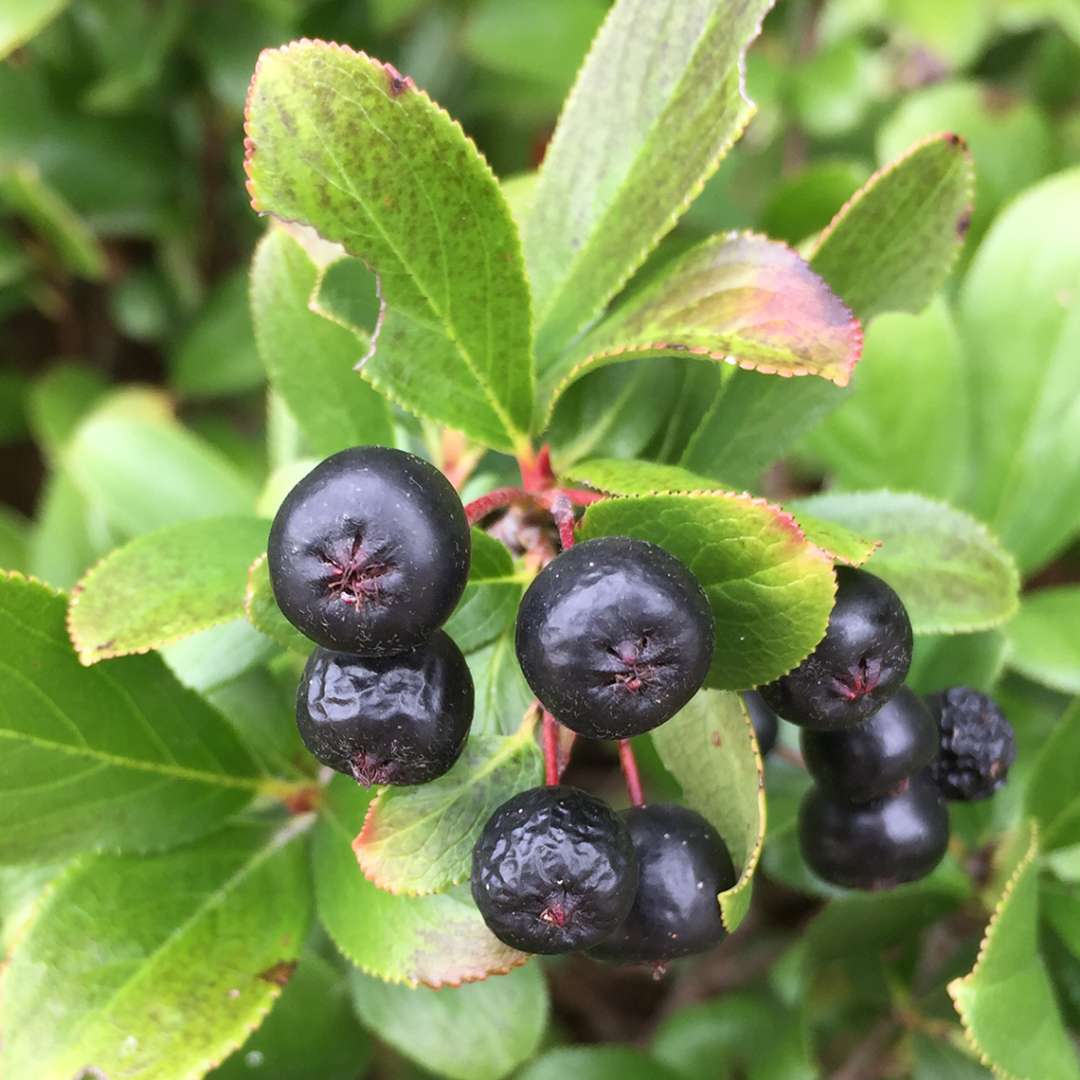

- Versatile habit
- Three-season interest
- Native
- Description
As cute as a button yet tough as nails, Low Scape Mound® aronia is an innovative dwarf selection that may be the closest thing yet to a perfect landscape plant. Adaptable to most any soil, this versatile little black chokeberry offers dark glossy foliage, loads of white flowers in spring, black summer fruit, and intense red foliage in autumn. Ideal for low maintenance mass plantings; think of it as Rhus 'Gro Lo' with multi-season appeal. Developed by Dr. Mark Brand of the University of Connecticut. Native.
Low Scape Mound aronia is the 2019 Landscape Shrub of the Year.
- Awards
- Boskoop Royal Horticultural Society Silver Medal
- USDA Zone
- 3 - 9 (-40°F/-40°C)
- Exposure
- Full sun, Part sun
- Height
- 1.5-3'
- Width
- 1.5-3'
- Finish Time
- 1 season
- Type
- Deciduous
- Bloom Time
- Spring
- Flower Color
- White
- Foliage Color
- Green
- Liner Sizes
- 2 1/4", 4", Quick Turn
General Care
Soil
Adaptable to nearly all soils.Pruning
Prune to shape after blooming if desired; note that this will prevent fruit from forming.Uses
The unique low growing, mound-like habit of Low Scape Mound aronia suits it to many landscape applications: mass plantings, groundcover, edging.Growing Tips
Aronia are notoriously tough plants and can be used to beautify equally challenging sites, like parking lots, easements, and urban areas. Aronia are generally considered deer resistant, but they may eat the flower buds in spring when other food sources are scarce. However, they are unlikely to cause any significant or disfiguring damage to the plant itself.Features: Compact, Fall interest, Native, Attracts pollinators, Clay soil, Drought tolerant, Edible, Salt tolerant, Award winner
Filters: Botanical genus: Aronia, Common name: Aronia, Retail program: Proven Winners® ColorChoice®, USDA Zone 3, USDA Zone 4, USDA Zone 5, USDA Zone 6, USDA Zone 7, USDA Zone 8, USDA Zone 9, Exposure: Full sun, Exposure: Part sun, Bloom time: Spring, White flowers, Green foliage
Features: Compact, Fall interest, Native, Attracts pollinators, Clay soil, Drought tolerant, Edible, Salt tolerant, Award winner
Filters: Botanical genus: Aronia, Common name: Aronia, Retail program: Proven Winners® ColorChoice®, USDA Zone 3, USDA Zone 4, USDA Zone 5, USDA Zone 6, USDA Zone 7, USDA Zone 8, USDA Zone 9, Exposure: Full sun, Exposure: Part sun, Bloom time: Spring, White flowers, Green foliage

